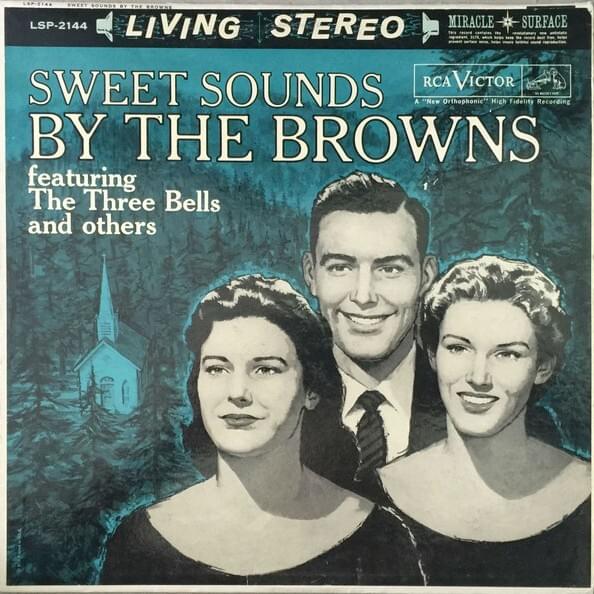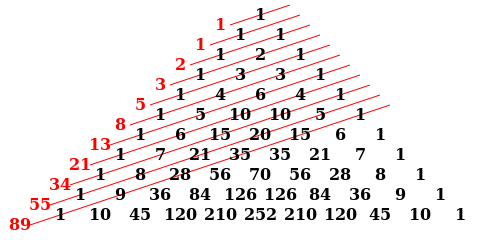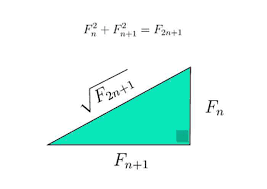
Another name given for “The Three Bells” was “Jimmy Brown” or “Little Jimmy Brown.” As such, the song recounts the three stages on Jimmy Brown’s life including his birth, marriage, and death. A top contry hit in 1959. Bells can symbolize beginnings and endings, a call to order, or even a command or a warning. Here at Bell, the symbol of our bell encompasses all of these.
The song is an English adaptation of the French language song “Les Trois Cloches” written by Jean Villard, with English lyrics by Bert Reisfeld. The single reached number one in the U.S. on Billboard’s Hot C&W Sides chart[2] and the Billboard Hot 100 chart in 1959.
Lyrics
There’s a village hidden deep in the valley
Among the pine trees half forlorn
And there on a Sunny morning
Little Jimmy Brown was born
All the chapel bells were ringing
In the little valley town
And the song that they were singing
Was for baby Jimmy Brown
Then the little congregation
Prayed for guidance from above
“Lead us not into temptation
Bless this hour of meditation
Guide him with eternal love”
There’s a village hidden deep in the valley
Beneath the mountains high above
And there, twenty years thereafter
Jimmy was to meet his love
All the chapel bells were ringing
Was a great day in his life
‘Cause the song that they were singing
Was for Jimmy and his wife
Then the little congregation
Prayed for guidance from above
“Lead us not into temptation
Bless oh Lord, this celebration
May their lives be filled with love”
From the village hidden deep in the valley
One rainy morning dark and gray
A soul winged its way to heaven
Jimmy Brown had passed away
Just a lonely bell was ringing
In the little valley town
‘Twas farewell that it was singing
To our good old Jimmy Brown
And the little congregation
Prayed for guidance from above
“Lead us not into temptation
May his soul find the salvation
Of thy great eternal love”
Source: Musixmatch
Songwriters: Bert Reisfeld / Jean Villard
The Three Bells lyrics © Peermusic Musikverlag G.m.b.h., Les Nouvelles Edi.meridian






























